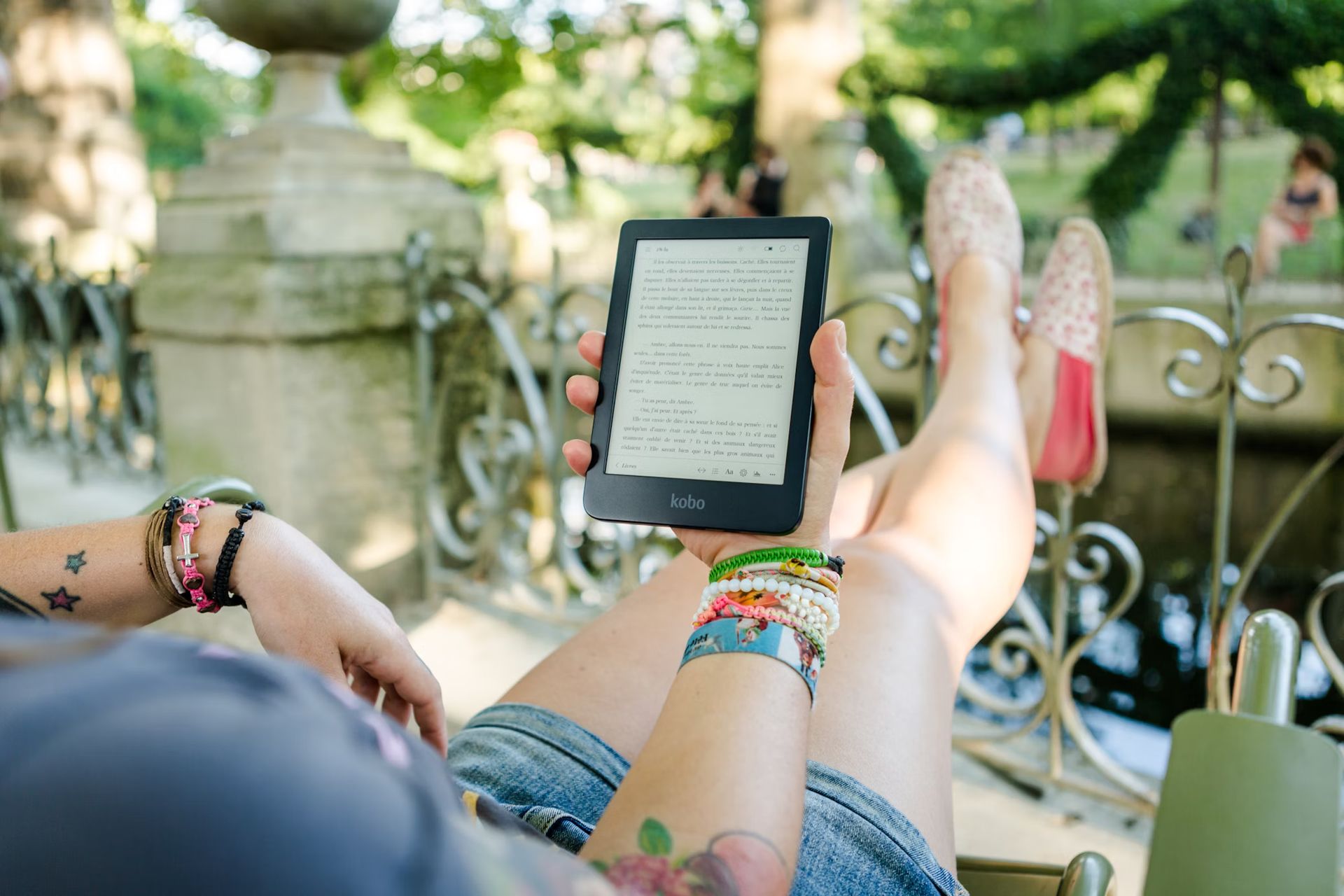
The world does not sit still and neither do reading habits. From printed paperbacks to pocket-sized screens the shift is more than just convenience. It is a whole new rhythm of staying informed and inspired. Whether on a crowded train or waiting for coffee the modern reader carries an entire library in their bag without the extra weight.
Reading that moves as fast as the world does
Z-library stands alongside Anna’s Archive and Library Genesis as a key space for open-access reading offering countless titles in moments. It is not just about saving shelf space. It is about adapting to the way time moves and how readers follow what matters now without missing a beat.
A mirror to today’s conversations
Trends no longer wait for the printing press. Stories and ideas travel faster than ever. E-books reflect this flow, often published quicker than physical editions. They respond to shifting moods, debates even sudden events that leave people searching for context or connection. E-books can catch that wave rather than miss it entirely.
When a cultural shift or social moment gains traction digital publishing answers quickly. A new perspective, a fresh voice and timely insight can reach eyes in hours. The reader is not left behind. They are part of the moment, part of the wider dialogue.
Many creators now release their works digitally first, sometimes only digitally. This changes how stories live and breathe in public space. Instead of waiting for approval from a traditional gatekeeper, new writers and thinkers have room to speak on their terms and at their own pace. That kind of access turns reading into a living conversation.
Where taste and tech intersect
The convenience of digital reading is more than just portability. It is shaped by features that fit the way modern lives move. Lighting changes screen size adjusts fonts adapt to make long reading less of a strain. This helps reading become more of a rhythm than a task. It fits into life instead of demanding life stops for it.
Here is where digital design meets personal preference. A thriller in bold text at night a history book in sepia tone during lunch breaks or a poetry collection flicked through during a commute. The content remains the same but the experience shapes itself around the reader’s world. That flexibility builds habits that last and grows connections that stick.
Now more than ever reading becomes an activity that adapts to attention spans rather than fights against them. It does not mean giving up deep thinking. It means approaching it in a way that fits into a noisy multitasking life without feeling like work.
This trend also redefines how new titles gain traction. Word spreads quickly through reading communities and recommendations bounce between forums newsletters and personal feeds. A buzz can build before a book even hits shelves if it ever does. Modern readers move fast and so must the stories that speak to them.
To see how this shift plays out across different parts of life consider these common modern experiences:
1. Chasing fast-moving ideas
Thinkers once published long essays years apart. Now essays turn into e-books in days. This is crucial in fields like tech politics or culture where yesterday’s news fades fast. A fast e-book release means the writer joins the conversation while it is still unfolding. For readers it is a way to follow ideas as they grow instead of only seeing the polished version years later.
2. Building quiet time into chaos
In a world buzzing with alerts and distractions carving out time to read feels harder than ever. E-books help make that space. With an e-reader or phone one moment of calm can open anywhere. A café line becomes a poem break. A long train ride turns into a deep dive into a novel. Reading blends into life in a way that makes stillness feel natural again.
3. Keeping learning evergreen
Work skills shift quickly. So do the tools people use daily. E-books offer quick clear updates that help with everything from software guides to business ideas. A short e-book can explain a new concept without asking someone to sign up for a course or wait for a seminar. It keeps knowledge on tap in ways that match how learning looks now.
And with this flexibility comes a sense of ownership. The reader chooses when where and how they engage. They move between fiction and non-fiction across genres and even languages without needing anything more than a few taps. That kind of access turns reading from a routine into a set of real choices.
Beyond the page into the flow of culture
E-books no longer sit on the sidelines of publishing. They are right at the centre shaping how culture travels and how people stay current. A novel about climate crisis can hit readers just as headlines grow urgent. A biography of a rising figure can inform conversation while that person is still in the spotlight.
This means that e-books do not just reflect modern trends. They carry them. They help spread ideas translate knowledge and give shape to what people care about today. From fashion to philosophy from science to satire the written word adapts and travels fast.
It is not about replacing tradition but about keeping the pace. Holding on to deep stories while letting go of unnecessary waiting. In the end reading stays rooted in curiosity but the way it moves now fits the speed of life.







